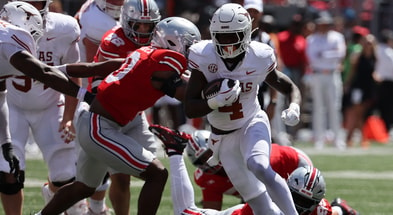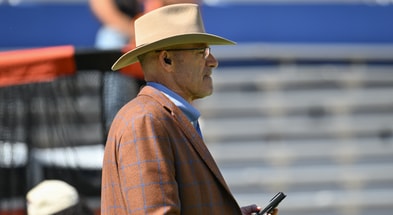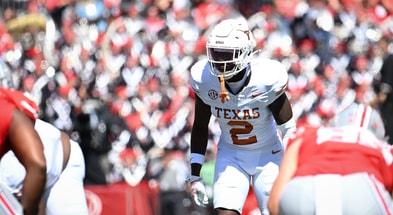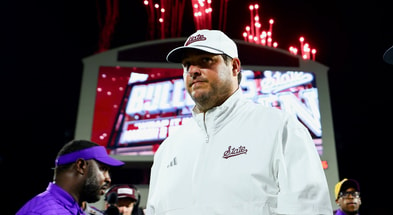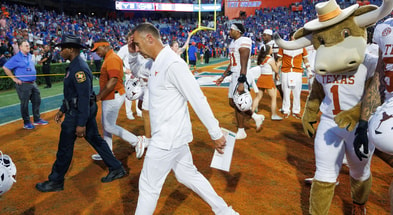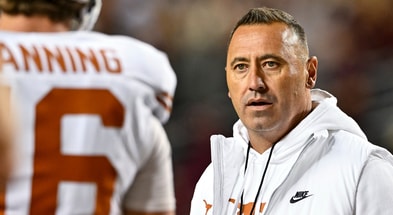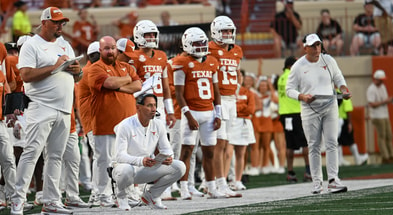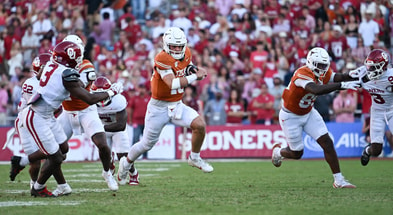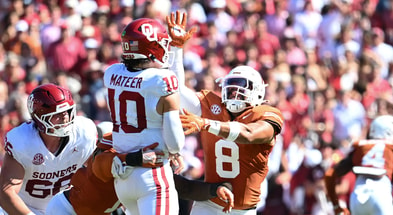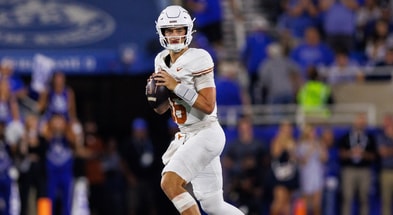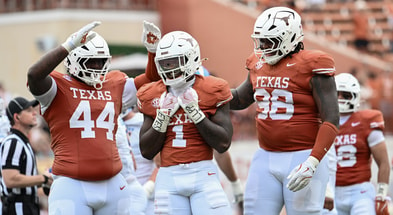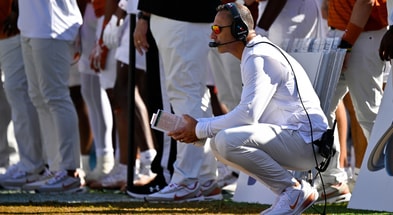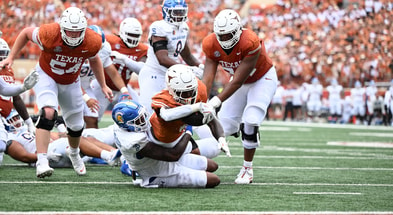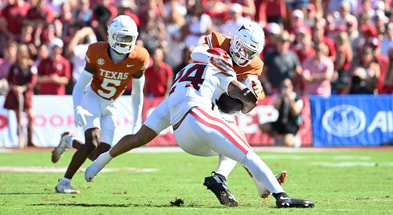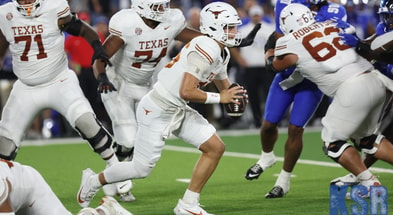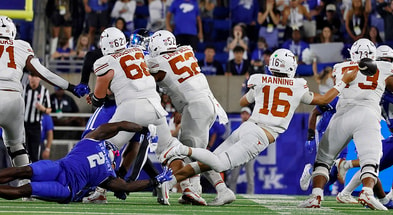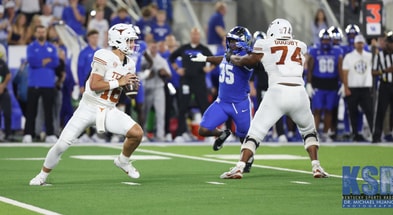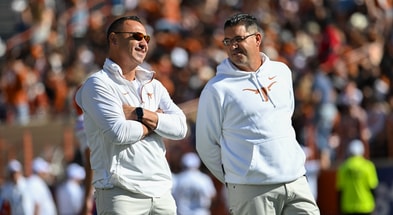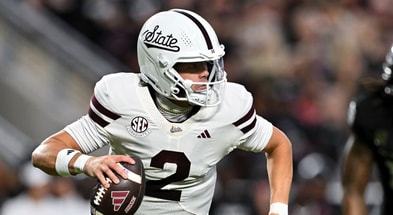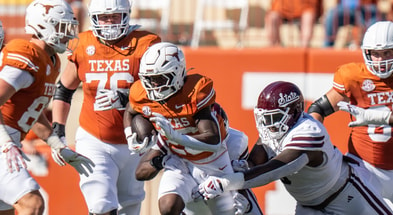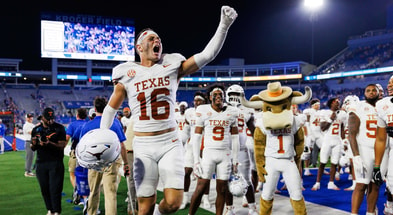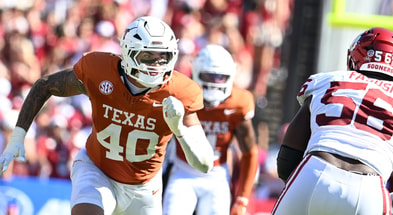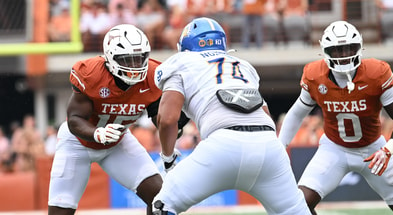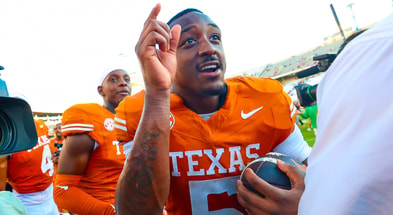What's changing with the National Letter of Intent going away?

The NCAA’s shift from requiring National Letters of Intent (NLIs) to allowing athletes to sign only financial aid agreements prior to enrollment marks a significant change with wide-ranging implications for college sports.
[Join Inside Texas TODAY with code HOOKEM and get 50% off annual memberships!]
On3’s Pete Nakos explained what led to this step.
The National Letter of Intent (NLI) program started in 1964 and is the binding agreement signed by recruits for generations. Instead, financial aid and scholarship agreements are expected to be used. The entire NLI will not be ditched, however, as the recruiting rules around the program will still be commonplace. When athletes enter the transfer portal and move schools, most just sign an athletics aid agreement.
For years, the NLI has been under the purview of the Collegiate Commissioners Association (CCA), which pushed for the change in recent months. The National Letter of Intent will not exist but similar written aid offers are not going away.
The CCA met in September to discuss the proposal of eliminating the National Letter of Intent. Previously, when signing an NLI, an athlete agreed to attend an institution full-time for a year. NLI penalties changed last year, no longer forcing athletes to sit a semester if they signed a request for release after a coaching change.
While the House v. NCAA settlement still faces a months-long process to be approved, a new binding document between a school and athlete will need to be created with the introduction of revenue sharing which spurred the elimination of the NLI.
Here’s how it could impact the landscape moving forward:
Increased Player Flexibility and Leverage: Without the binding commitment of an NLI, players who sign only financial aid agreements can make decisions with greater freedom. They can change their minds without penalty, which gives them leverage to explore other programs if situations change prior to enrollment—such as coaching staff departures, program culture shifts, or competitive NIL offers elsewhere. Financial aid agreements are nothing new, and it’s likely they’ll evolve in this new landscape. But they bind the school to provide financial aid to the player should he enroll. It does not bind the player to anything like the NLI.
More Competitive Recruiting and Potential for “Flipping”: With no NLI binding them to a specific school at signing, top recruits might flip their commitments more frequently. Schools will likely continue recruiting players who have already signed financial aid agreements with other programs, creating a more aggressive, ongoing recruiting environment. That’s not a change, as these agreements have been around, but no longer is there a “finish line” created by the NLI (and that’s not to say anything about the practice of tampering). Programs will need to continually engage their recruits to ensure they stay committed, especially when NIL offers enter the mix.
NIL Deals and Financial Aid as Recruiting Incentives: Programs with strong NIL infrastructures or partnerships will have an advantage in attracting talent, as many recruits prioritize schools where they can maximize their personal brand and financial opportunities.
Top 10
- 1New
CFB General Managers
Top 25 highest paid
- 2
Whit Weeks
Initial status vs. Texas A&M revealed
- 3Hot
SEC ref suspended
Reportedly permanently
- 4
'Everything was no'
Dan Mullen on Florida resources
- 5Trending
Deuce Alexander
Ole Miss reveal status vs. OU
Get the Daily On3 Newsletter in your inbox every morning
By clicking "Subscribe to Newsletter", I agree to On3's Privacy Notice, Terms, and use of my personal information described therein.
Potential Impact on Team Stability and Continuity: The possibility of last-minute flips and transfers where the question of “did he show up for his 9 a.m. English lit class” becomes all-important might create less stability in rosters, especially for high-profile programs that heavily rely on star recruits. This volatility could affect team continuity, as programs may struggle to establish a consistent core of players year-to-year. Developing long-term strategies and creating a stable program environment will be crucial for schools to build cohesive teams.
[Subscribe to the Inside Texas YouTube channel and help get us to 10,000 subs!]
Greater Emphasis on Athlete-Driven Choices and Power: Ultimately, this change marks a broader shift toward athlete empowerment. Players now have more control over their college careers and decisions, from where they sign to how they monetize their personal brand. This empowerment aligns with broader trends in college sports, where athletes are seeking greater autonomy, control over their futures, and fair compensation.
